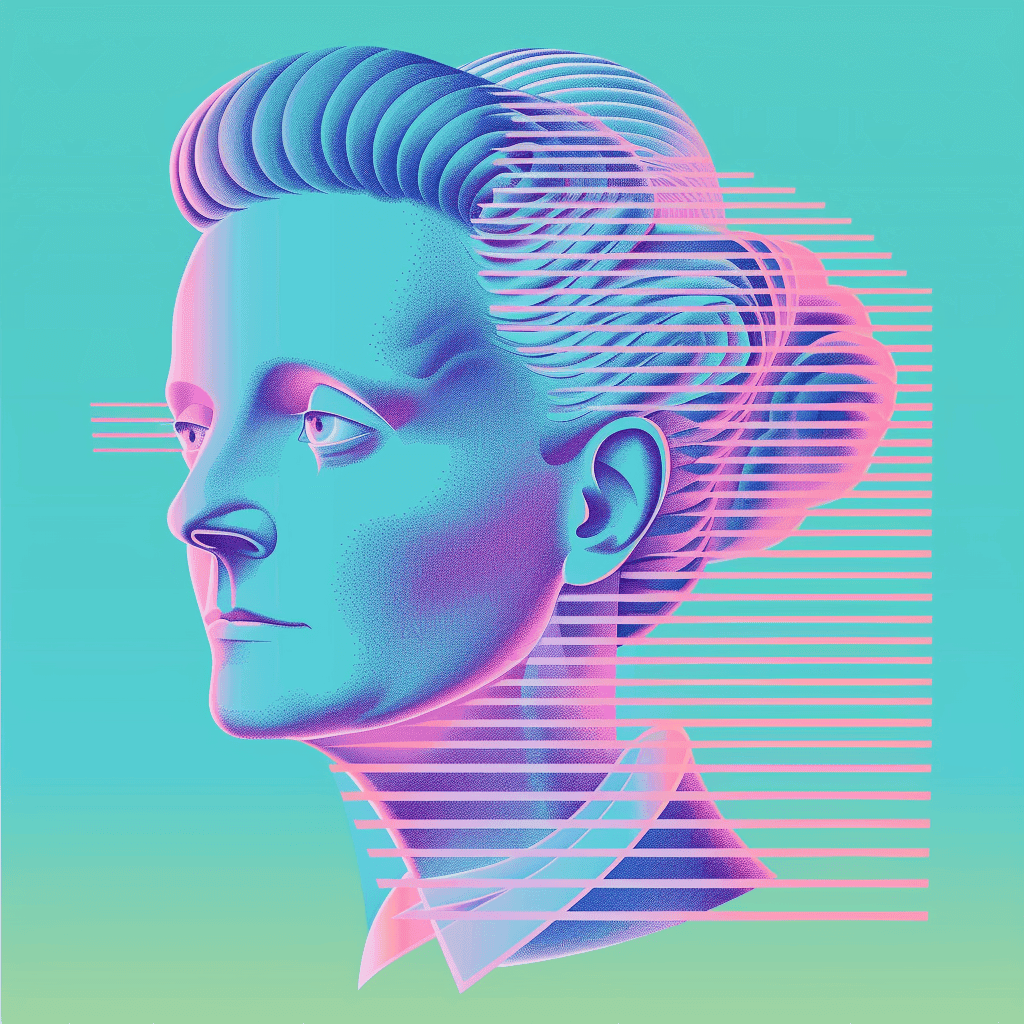Loading...
SAT/sphere SAT Blog
The Life and Works of Marie Curie: A Trailblazer in Science
Explore the remarkable life and groundbreaking work of Marie Curie. This biography delves into her pioneering research on radioactivity, her two Nobel Prizes in different scientific fields, and her enduring legacy that continues to inspire scientists and students around the world.
August 15, 2024

August 15, 2024
Test Your SAT Knowledge
What significant scientific discovery is Marie Curie most known for?
Continue Reading
Learn about Martin Luther King Jr.’s Nobel Peace Prize and its relevance for SAT humanities.
August 11, 2025